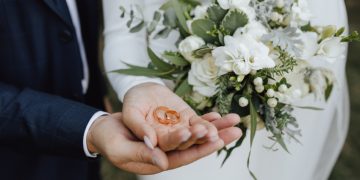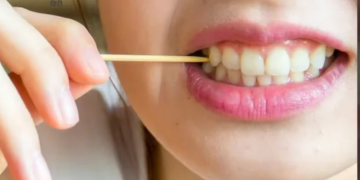Want to start your own wine review? We have covered you. These simple and smart guidelines will help you find your mouth and start your long and delicious journey of understanding wine.
Starting with a Taste of Wine
Learning to taste wine is no different than learning to value music or skills in that the fun you get depends on your efforts. The more you improve your hearing skills, the better you will be able to understand and enjoy the nuances and experiences that are expressed with great wine. The time and effort invested in oral training are rewarding — and, most important, fun.
Why Tasting Wine
The ability to breathe and release loose strands to form a dry wine scent is essential for taste. Try to touch your nose, swallowing the mouth of the wine; you will find that a lot of taste is denied. Your nose is the key to your mouth. Once you have learned to give the wine a pleasant aroma, you begin to develop the ability to separate the flavors and interact.
This is what the winemakers — those who manufacture, sell, buy, and like to write about Getting Started in Wine business. For anyone who enjoys wine, that is the reward for every effort.
First and foremost, you need to be organized and direct. Find your way and follow it regularly. Of course, not every glass or wine bottle should be checked this way. But if you want to learn about wine, a certain amount of dedication is required. Whenever you have a glass of wine in your hand, make it a habit to take a minute to stop the whole conversation, shut out all the negatives and focus your attention on the appearance of the wine, the aromas, the flavors, and the finishes.
Detecting Wine Mistakes
There are some awful wines, and not all of them are cheap. Some are caused by bad wine, but others are caused by bad spirits or improper storage. If you are ordering a bottle of wine in a restaurant, you need to make sure that the wine is delicious. You can’t rely on servers to detect valuable wine. You will eventually be asked to approve the bottle.
Exploring Different Wines
A wine beginner may know the big difference between red and white, but studying all types of wines and varieties is also vital. You can check everything from Chardonnay to Viognier and Cabernet Sauvignon to Zinfandel on our way to the most important red wine grapes and white wine grapes.
Review Wine Regions
wine-producing lands are often called the “Old World” or the “New World.” The “Old World” has regions with a long history of wine production, such as Europe and parts of the Mediterranean. Some of the most famous wine regions “Old World” include France, Italy, and Germany, and these areas are highly valued by the terroir the diverse soil and climate, which give their wine a sense of place. “New World” (as the name implies) describes new wine-producing regions, such as the U.S., Australia, and Chile. These regions tend to have hot climates and often use different writing methods; they often use grapes on a colorful circuit to be seen.
Reading Wine Label
At first glance, wine tasting can be confusing for beginners. Interestingly, the winemakers of the New World wine made it easy for beginners to label the grapes (s) directly on the label. The states of the Old World often relied on the buyer of wine to know enough about the province to know, for example, that Red Burgundy is a Pinot Noir.
Wine Giving Advice
Now that you have taken the time to learn to taste the wine, the regions, and vineyards of the world, to count the wine, and the essentials of buying wine, it is time to drink!
First, make sure that your wine is served when it is in good condition. To do that, pay attention to these three functions of wine: Glassware, temperature, and storage.
Glassware
While wine can be enjoyed in any glass, a custom glass of wine helps you see nuances. Dress your house with a nice set of trunks and reap the rewards.
Temperature
All wine is kept at the same temperature, regardless of its color. But reds and whites are eaten differently. People usually drink cold white wine, and red wine is at room temperature, which calms down how much you can enjoy the wine. The coldest white is the most unpleasant, and the warmest reds are usually flabby and alcoholic.
A good rule of thumb is to note that white grapes should be cold before drinking, and red wine should have time to rise in temperature. Ideally, whites should be between the refrigerator temperature (40 ° F) and the storage temperature (55 ° F). The red should be between the storage temperature and room temperature, which usually rises to 70 ° F. If your wine is at room temperature, at 53-57 ° F. Put your white wine bottles in the refrigerator half an hour before the service, and take your red ones out of storage for half an hour before the start of the service. This allows your whites to cool down and your reds to warm up.

















